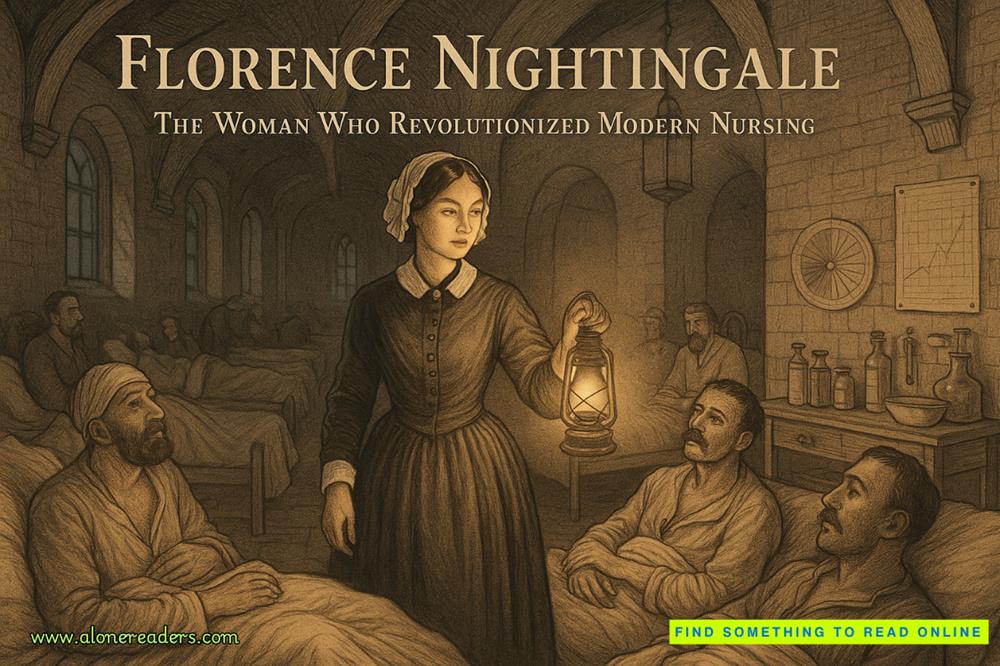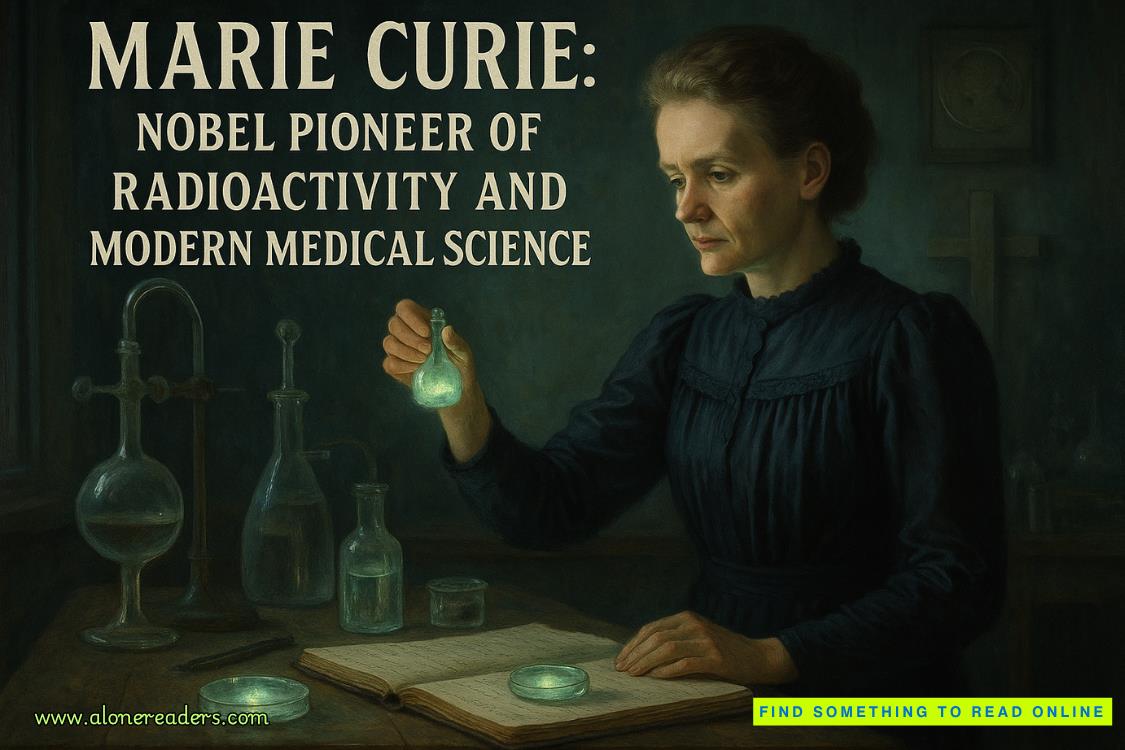Page 87 of Project Hail Mary
I shimmy into bed and resist the urge to say good night. It would just lead to more questions.
I drift off to the occasionalclinkandscrapeof Rocky working on his device.
—
The next several days are repetitive, but far from boring. We greatly increase our shared vocabulary and a decent amount of grammar. Tenses, plurals, conditionals…language is tricky. But we’re getting it piece by piece.
And slow though the process is, I’m memorizing more of his language. I don’t need the computer as often. Though I still can’t go without it completely—that’ll take a long time.
I spend an hour every day studying Eridian vocabulary. I made a little script to pick random words from my Excel spreadsheet and play the notes with a MIDI app. Again, a rudimentary program, inefficiently written but computers are fast. I want to be free of the spreadsheet as soon as I can. For now, I still need it all the time. But once in a while I’ll understand an entire sentence without resorting to the computer. Baby steps.
Every night, I sleep in the tunnel. He watches. I don’t know why. We haven’t talked about it yet. We’ve been too busy with other stuff. But he really doesn’t want me to sleep without him watching. Even if I just want to catch a quick nap.
Today I want to work on an extremely important scientific unit that’s been eluding us. Mainly because we live in zero g.
“We need to talk about mass.”
“Yes. Kilogram.”
“Right. How do I tell you about a kilogram?” I ask.
Rocky produces a small ball from his satchel. It’s about the size of a ping-pong ball.“I know mass of this ball. You measure. You tell me how many kilograms ball is. Then I know kilogram.”
He thought it through!
“Yes! Give me the ball.”
He hangs on to several support poles with various hands and puts it in the mini-airlock. After a few minutes of waiting for it to cool, I have it in my hands. It’s smooth and made of a metal. Fairly dense, I think.
“How will I measure this?” I mumble.
“Twenty-six,”Rocky says out of nowhere.
“What about twenty-six?”
He points to the ball in my hand.“Ball is twenty-six.”
Oh, I get it. The ball weighs twenty-six of something. Whatever his unit is. Okay. All I have to do is work out the mass of this ball, divide by twenty-six, and tell him the answer.
“I understand. The ball is a mass of twenty-six.”
“No. Is not.”
I pause. “It isn’t?”
“Is not. Ball is twenty-six.”
“I don’t understand.”
He thinks for a moment, then says,“Wait.”
He disappears into his ship.
While he’s gone, I speculate on how to weigh something in zero g. It still has mass, of course. But I can’t just put it on a scale. There’s no gravity. And I can’t spin up theHail Mary’s centrifugal gravity. The tunnel is connected to her nose.
I could make a small centrifuge. Something big enough for the smallest lab scale I have. Rotate at some constant rate with the scale inside. Measure something I know the mass of and then measure the ball. I could calculate the mass of the ball from the ratio of the two measurements.
But I’d have to build a consistent centrifuge. How would I do that? I can spin something in the zero-g environment of the lab easily enough, but how do I spin it at a constant rate across multiple experiments?















